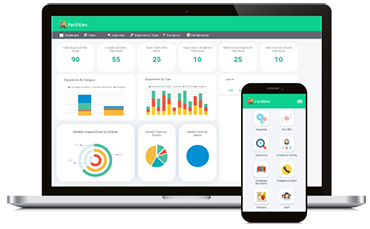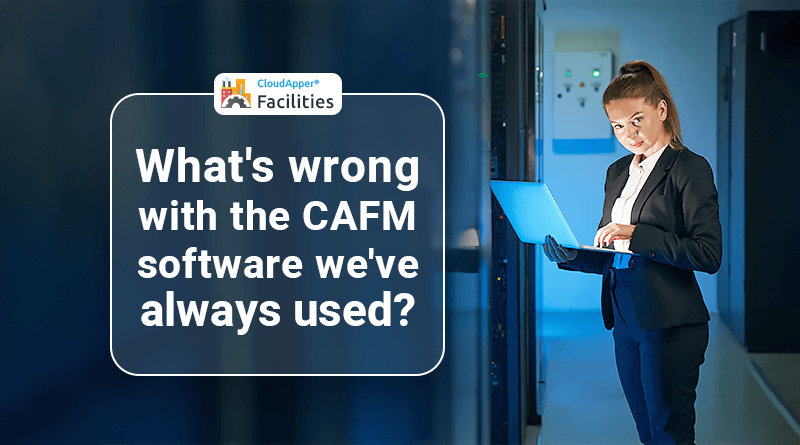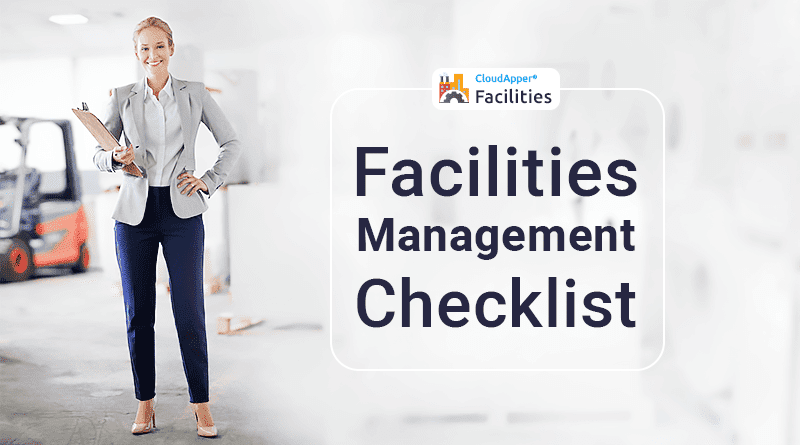Table of Contents
As organizations become more cost-conscious, facilities management will heavily rely on KPIs and management metrics to generate key insights. And, with these insights, facility managers can make key decisions with the right information to drive changes that keep the business up and running.
KPIs are values that determine how well an organization is meeting its objectives, and it is evaluated over a certain time-frame. KPIs target critical areas of performance, and these selected metrics answer a key facilities management question. Ideally, a Key Performance Question (KPQ) is partnered for determining KPIs. For example, gross square feet per person (GSF) can be a KPI question for “do we have the right amount of office space”?
In any case, determining the right metrics and KPIs can be difficult for any facility manager. Organizations need to account for lots of factors to determine which ones are right for them, but taking the time to work out the best strategy can put your organization on the right track.
To help, we have jotted down some of the common useful facilities management KPIs for you to consider as a starting point.
A backlog of deferred tasks
This is one of the first KPIs that should be put in place, especially, if the organization uses a computerized maintenance management system (CMMS) or facility management software. A backlog measures all postponed tasks which aren’t important enough to complete in the current workweek. To put it another way, facility managers or the department will consider the work for future weeks, depending on the priority of the requests as it relates to other work orders. It is recommended that managers measure backlogs in hours and convert those data to backlog weeks. This allows managers to make comparisons of crews with different numbers of technicians. Ideally, a backlog of four to six weeks is recommended for this KPI goal.
Percentage of work completed that is reactive
The purpose of this KPI is to measure whether your organization is stuck in a culture of reactive maintenance or moving towards top-notch or high performing maintenance. This transition is worth mentioning because reactive work costs three to five times more than scheduled and planned maintenance. Ideally, about 20-30 percent of work completed should be aimed at being reactive.
Planned Maintenance (PM) program compliance
The purpose of this KPI is to find out whether the organization is improving proactive maintenance. To succeed in the asset maintenance department and other reliable categories of maintenance, it is essential to have a disciplined PM program that yields results and is consistent. A successful PM program includes all critical equipment and maintenance technicians’ PM inspections and procedures completion rate will be 99%.
Weekly work-schedule compliance
This KPI is particularly useful for scheduling and completing work for customers. The key to any successful management plan is being able to deliver to customers on the promised date. This KPI works great and helps determine the way supporting tools work together to deliver a good product to your customers. Remember, no department ever wants to be thought of as a team that never delivers on time.
Manage Your KPIs and All Maintenance Activities in One Single Platform
Measuring your facilities management KPIs and other maintenance tasks with pen and paper, or using spreadsheets, is neither cost-effective nor efficient. To streamline your maintenance tasks, you can make use of our robust facility management software, Facility Manager. With an extensive dashboard, you will be able to schedule tasks and generate reports to gain insights for better decision making.
You do not need to invest a lot to use our solution, and above, all our solutions are 100% customizable to suit your unique business needs.
What is CloudApper AI Platform?
CloudApper AI is an advanced platform that enables organizations to integrate AI into their existing enterprise systems effortlessly, without the need for technical expertise, costly development, or upgrading the underlying infrastructure. By transforming legacy systems into AI-capable solutions, CloudApper allows companies to harness the power of Generative AI quickly and efficiently. This approach has been successfully implemented with leading systems like UKG, Workday, Oracle, Paradox, Amazon AWS Bedrock and can be applied across various industries, helping businesses enhance productivity, automate processes, and gain deeper insights without the usual complexities. With CloudApper AI, you can start experiencing the transformative benefits of AI today. Learn More


















